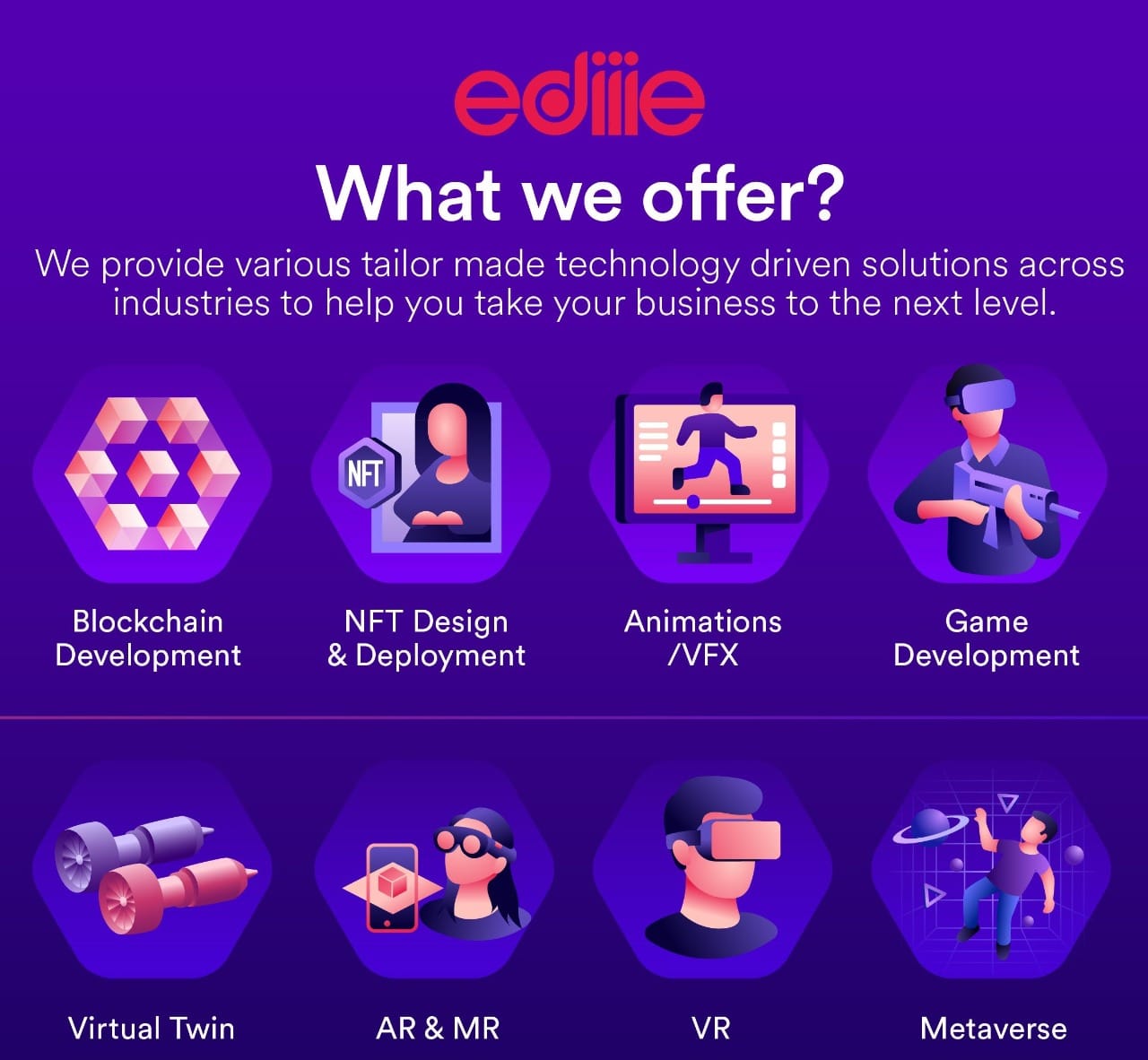A Guide to Progressive Web Apps – Building Next-Gen Web Applications
Progressive Web Apps, mostly referred to as PWAs, constitute a category of web apps engineered to merge the features of website pages and native mobile applications.
Their objective is to provide users with an experience comparable to native applications, encompassing offline capabilities, hardware access, push notifications, and other advanced features.
Progressive web apps are designed to be platform-agnostic, enabling them to function seamlessly across multiple platforms and allowing users to install them on their device's home screen, similar to traditional apps.
Progressive web apps are developed along the lines of a concept called “progressive enhancements,” which allows web applications to work according to the limits of a person’s mobile and internet explorer like Chrome or Firefox.
An excellent illustration of a PWA in operations, is Twitter Lite, well-known for giving an excellent and quick response even on dated hardware. Offline capability, for PWAs, is essential as it allows them to operate in spaces with reduced internet availabilities.
By gathering and storing essential data, these apps enable users to utilize them when not connected to the Internet. Flipkart Lite, developed by Flipkart, serves as another noteworthy example of a PWA that enables a smooth shopping experience with browsing capabilities even when not online.
Distinguishing Characteristics of Native and Progressive Web Apps
Progressive web apps (PWAs) and native applications emerge from distinct methodologies in how apps are developed, each providing distinct benefits and features. Unlike PWAs, traditional applications are made exclusively for a particular platform or OS, such as Android or iOS.
They are developed utilizing programming languages distinct to platforms such as Swift in iOS operations or Java in Android operations, thereby leveraging the capabilities of the respective platforms, including access to native APIs.
Now that we are done exploring traditional apps and addressed all that is about “What is a PWA,” let us dive inside some of the contrasting attributes:
• UX and UI:
In comparison to Progressive web app technologies, traditional applications are made particularly to use the characteristics and overall functions of the current mobile or gadgetry. Consequently, the UX is extensively optimized, effectively deploying the hardware of the device, including GPS, cameras, sensors, among others.
For the flip side, Progressive web apps can’t enter and use the particular characteristics of the phone or PC and primarily deliver an experience exactly like using an application through their design, offline capabilities, and further enhancement techniques.
• Application Distribution Process:
Most people are acquainted with the distribution of native apps through popular app stores like Google’s Play Store or Apple’s App Store. These apps are developed in compliance with the platform’s guidelines and necessitate approvals for seamless operation within the stores.
On the other hand, progressive web apps do not follow the traditional installation process via app stores.
They can be conveniently discovered through search engines, shared using URLs, and accessed directly through web browsers or as app icons on various devices or platforms.
• Creating and Maintaining:
The development process for native apps typically takes longer compared to progressive web apps due to the need for separate codebases tailored to each platform or device.
In contrast, progressive web app development company can adopt a unified approach, allowing them to create consistent PWAs that can run seamlessly across multiple platforms simultaneously.
Furthermore, these PWAs can be automatically updated across all platforms, eliminating the need for manual updates as required in native apps.
This guarantees that users consistently have access to the most recent version of the app whenever they use it.
To summarize, the distinctions between native apps and progressive web apps underscore the fact that native apps excel in platform integration by leveraging device features and platform capabilities.
Conversely, progressive web apps prioritize cross-platform compatibility, making them more straightforward to distribute and resulting in reduced costs for custom web or mobile app development.
Embarking on Progressive Web Apps Development: Important Equipment & Resources
PWAs aim to bridge the gap between web and native apps. That is why Progressive web apps get recognized in offering a flexible and accessible approach to developing applications.
Here are some equipment, tools, and resources seen as integral to the Progressive web application development process:
• Website-building Technologies:
Using conventional website-building technologies for instance HTML, CSS, and JavaScript is mainly how progressive web apps (PWAs) are made.
The development team must possess ample knowledge of these languages and associated frameworks, as is necessary, prior to embarking on PWA development.
• Quick-Reacting Designs:
Considering the typical utilization of PWAs, it is imperative to ensure their compatibility with diverse screen sizes and orientations spilling over onto other devices that also use it.
This entails having a solid understanding of responsive design principles & the vital techniques so that the smooth adaptation of the application makes it to several other devices.
• Service Workers:
Service Workers play a crucial role in how progressive web apps are created. They empower PWAs with offline capabilities and handle the background processes necessary for enhancing the user experience.
When designing these apps, it is essential for the teams to effectively implement and manage service workers, which handle network requests, caching, and features like push notifications, among others.
• Developer Tools for Browsers:
To effectively debug, inspect, and profile the development of a PWA, one must acquaint themself with the developer tools offered by web browsers. This familiarity empowers development teams and also ensures optimal performance and functionality of the application once it is deployed.
• App Manifest:
The app manifest for Progressive web apps, presented as a JSON file, serves the purpose of providing crucial metadata about the app, including its name, icons, display mode, and colors.
The team responsible for development needs to create and configure this file to define the appearance and behavior of their PWA.
• HTTPS Hosting:
For security purposes, Progressive web apps necessitate being served over HTTPS. Therefore, it is imperative to acquire an SSL certificate and ensure that the hosting environment supports HTTPS, enabling the secure deployment and hosting of the app.
• Push Notification Services:
To enable and ensure the proper functioning of push notifications in their PWA, the team must integrate their app with a push notification service like One Signal or Firebase Cloud Messaging (FCM). These services serve as the necessary infrastructure for PWAs to send push notifications to their users.
• Testing and Debugging Tools:
In addition, the development team should leverage dedicated testing and debugging tools explicitly designed for Progressive web apps, such as Lighthouse and the PWACompat library.
They can also utilize tools integrated with browser developer tools to thoroughly analyze various aspects of their app, including performance, accessibility, and more.
The selection of resources and tools for developing Progressive web apps can vary depending on the chosen development stack and personal preferences.
However, it is crucial to stay abreast of the best practices for PWA development, as well as the latest web standards and techniques that may impact the team’s approach and progress.
Exploring relevant topics, tutorials, and online resources can help us stay updated with the latest practices. Additionally, staying connected with the web developer community and leveraging online resources like MDN Web Docs and Google Developers can provide valuable references and support throughout our journey in building next-generation web applications.






